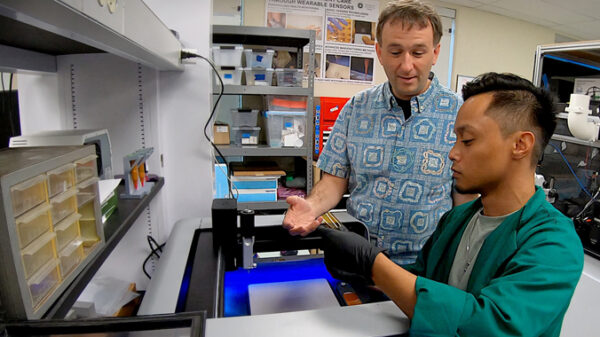A recent study has uncovered a significant shift in the patient demographics affected by pneumocystis pneumonia (PCP), a severe fungal lung infection. Traditionally associated with specific high-risk groups, this infection is now increasingly impacting elderly patients and those diagnosed with solid cancers who are not on conventional high-risk treatments. The research, conducted over seven years with a sample of 470 individuals in Taiwan, raises concerns about existing prevention strategies and their effectiveness in identifying vulnerable populations.
Changing Risk Profiles for Pneumocystis Pneumonia
The findings, published in the Journal of Infection, were led by Dr. Ting-Wei Kao and his team at National Taiwan University. The study analyzed non-HIV patients diagnosed with PCP across seven major hospitals from 2016 to 2023. A key revelation was that nearly 70% of PCP cases by 2023 were found in patients not receiving the medications typically associated with the highest risk for developing this infection.
The data challenges long-standing assumptions about who is most vulnerable, particularly as more than one-third of patients aged 85 and older developed PCP while only taking medications not conventionally linked to the disease. Furthermore, the study indicates that solid cancers have now become the most prevalent underlying condition among PCP patients, surpassing blood cancers. Alarmingly, almost one-third of those affected had no previously recognized risk factors, with many presenting common health issues such as high blood pressure, diabetes, and heart disease.
Outcomes and Implications for Clinical Practice
The study reveals concerning outcomes. Patients with solid cancers experienced the worst prognosis, with hospital death rates exceeding 60%. Overall, approximately half of all patients did not survive their hospitalization, highlighting the severity of the infection across different patient groups. More than 60% of those diagnosed required intensive care, and three-quarters experienced respiratory failure.
Current prevention guidelines primarily target those receiving specific high-risk medications, yet this research indicates that many vulnerable individuals are overlooked. The findings suggest that a broader understanding of risk assessment is necessary, taking into account age, overall health, and disease-specific factors beyond just medication exposure.
Prof. Jung-Yien Chien, the corresponding author of the study, stated, “These evolving patterns suggest that current prophylaxis guidelines, which focus primarily on patients receiving established high-risk medications, may need reconsideration. We’re missing a significant proportion of vulnerable patients, particularly those with solid cancers and elderly individuals with multiple comorbidities.”
He emphasized the urgency for more targeted prophylactic strategies that balance the prevention of this deadly infection with the risk of unnecessary antimicrobial exposure.
As the medical community adapts to these findings, there is a clear need for refined risk assessment tools that can better identify those at risk for PCP. This study not only highlights the shifting landscape of this infection but also calls for a re-evaluation of clinical practices to protect an increasingly diverse patient population from its severe consequences.






































































